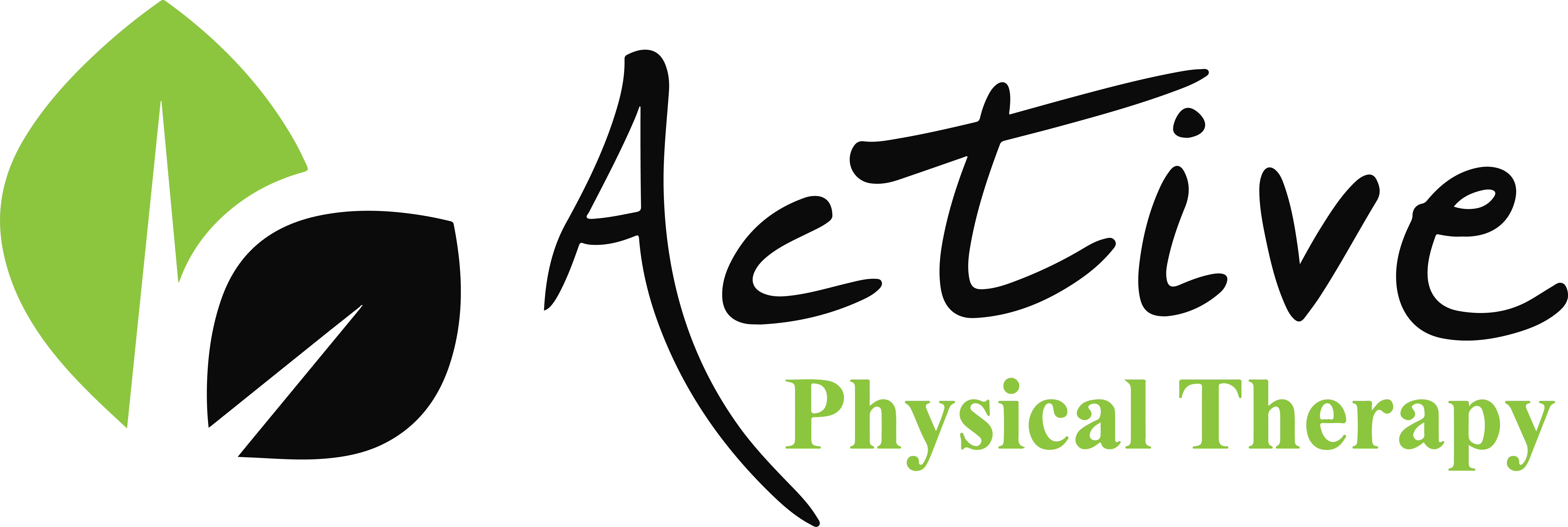I knew it would happen eventually…I got a call at work from my daughter’s school nurse.
“Your daughter bumped her head at gym class. She said she was a little blurry at first, and she has a headache. But, otherwise she seems to be doing OK.”
She had slipped and fallen in gym class, and smacked the back of her head on the floor. Now, this is something that I’ve seen countless times in the athletic realm, so for the most part it was business as usual for me. However, when it’s your child (and not someone else’s) suffering, things can get a little hazy. The tough thing about concussions in young children is that they can’t be seen with the naked eye, they’re clouded by ambiguity and complicated by young age. For example, when you ask a teenager or adult about their knee pain, it’s pretty easy to get solid information about how and when their injury occurred, what it feels like, and so on. This is not so with a child of six.
So, I stuck to the facts and tried to keep my emotions in check. I relied on my training, my experience in the field, and what I knew to be true.
She sustained an injury to her brain.
Head injuries are nothing to be trifled with. She has had an injury that produced symptoms which are not normal for her. Among them were visual changes and a headache. She needed an opportunity to begin the healing process. We got her home as soon as we could and allowed her to rest.
She needed a full work-up.
The school did a great job in notifying us and removing her from activity, but I needed to check to see if she was going to be OK, and not in need of an ER visit. So, I put her through a Child SCAT5 Evaluation (Note: This form is only to be used by qualified health professionals). If your child suffers a head injury, don’t perform this evaluation yourself. Seek professional help. I also recommend the Pocket Concussion Recognition Tool 5 for parents, coaches and laypersons who may find themselves in a situation where a concussion is suspected. It’s a very simple and step-by-step process for determining what should be done in cases like these.
Children Require Special Care When it Comes to Head Injuries.
The easiest patients in the world are those who can communicate well and clearly describe their symptoms. Because she’s six, she doesn’t yet have the ability to do that. So I had to use different tools to find out the number and severity of her symptoms. The Child SCAT5 is the most recently published tool to use for evaluation of the concussed child. However, I personally believe the questions are unclear and don’t do the best job of getting to the bottom of the symptoms. I found using the Wong-Baker Faces Pain Rating Scale to be much more effective at quantifying her symptom intensity, as well as her progress. This is however an opinion based on personal preference, and is not necessarily a recommended guideline approved by the medical community.
Overall, this was a bit of a scary situation for all of us, but a little bit of knowledge and a lot of experience were very helpful in guiding us as a family. If your child sustains a head injury, it’s always best to get a professional opinion. This will help you be sure that your child will receive the best care possible, and that you’re taking the proper steps for a safe and efficient recovery process. If you’re interested in knowing more about concussions, guidelines, and the most up-to-date information, please see the Consensus statement on concussion in sport—the 5th international conference on concussion in sport held in Berlin, October 2016. It’s free for public viewing and download. (Note: This document is updated every four years as research is completed and recommendations change).
Next week, we will discuss what the recovery process should look like for a young child who sustains a concussion.
